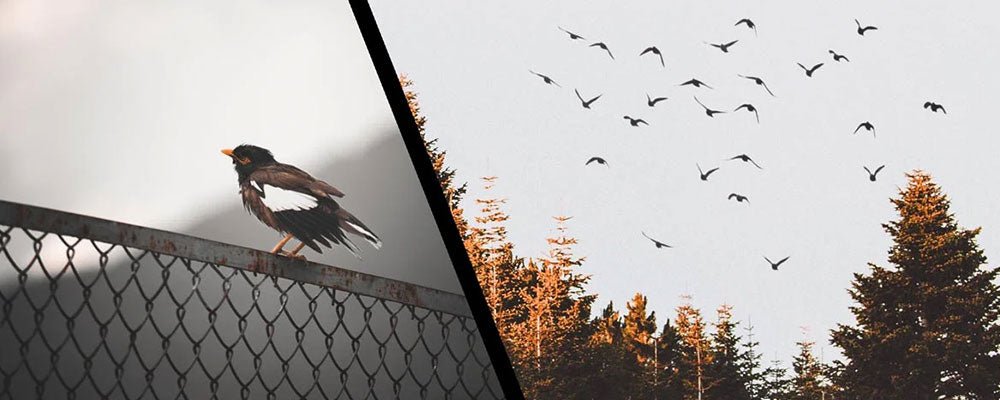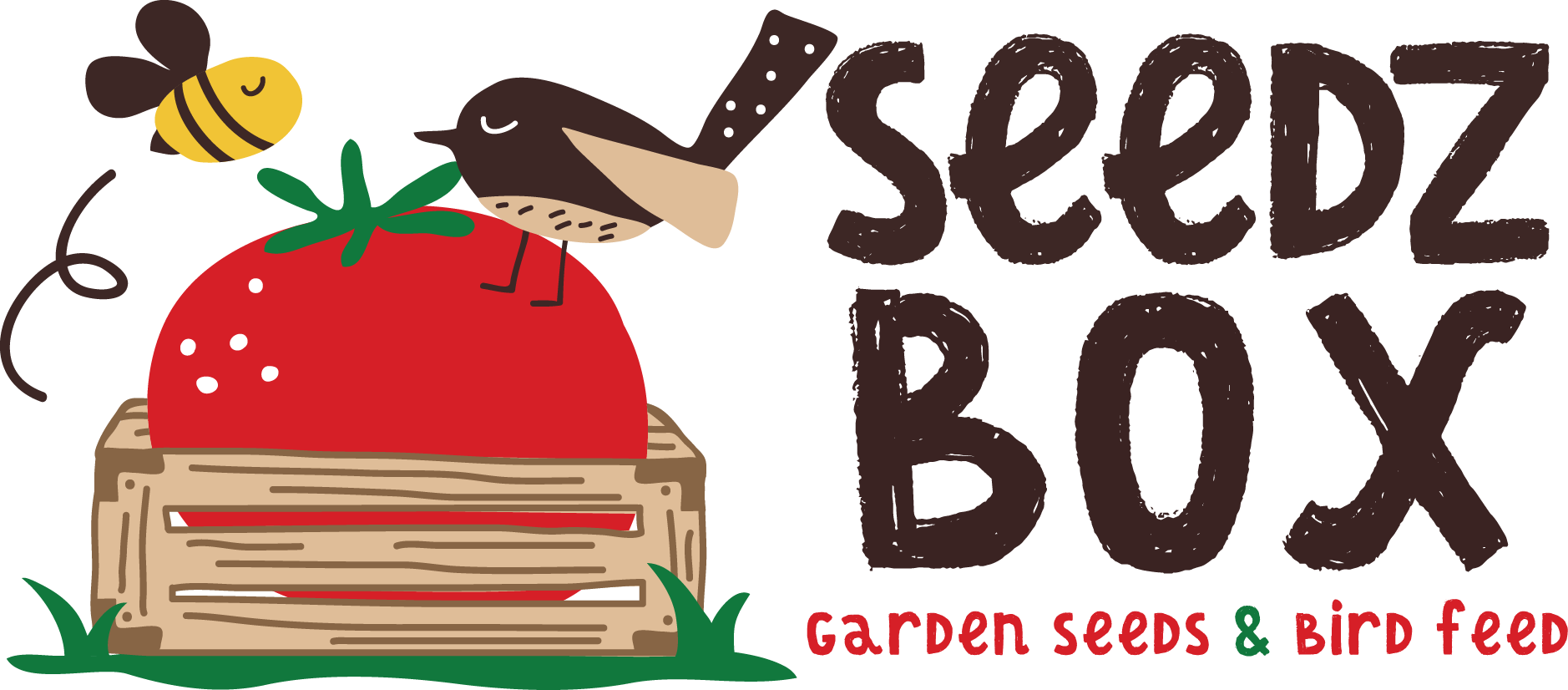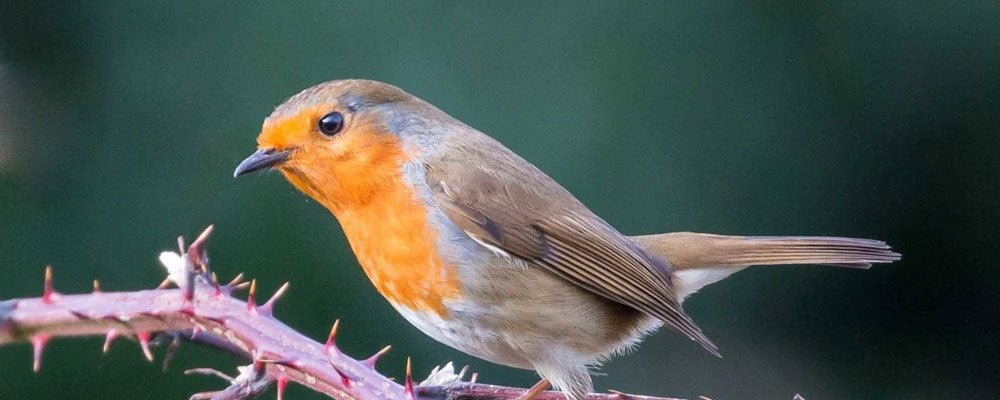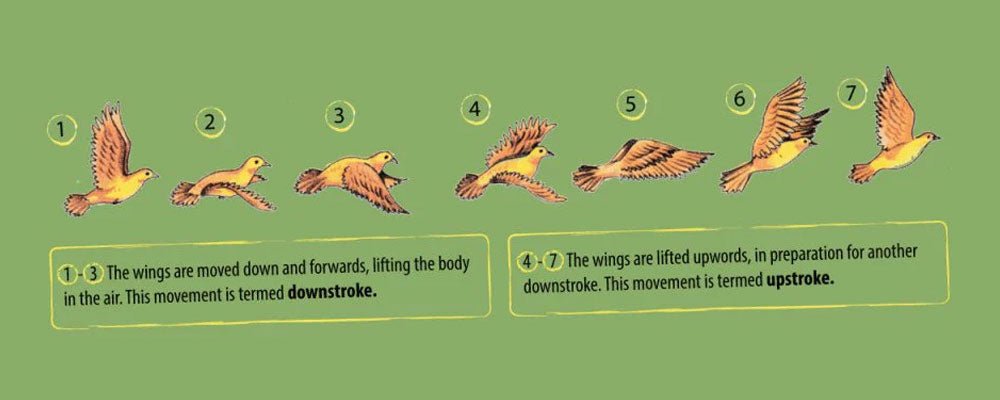
What’s the difference between rural and urban birds?
In urban areas, some birds display a remarkable ability to adapt to modern life, settling in the heart of towns and cities. They use buildings for nesting and, in the case of predatory birds, as vantage points for hunting, like they would trees or rocky crags in the wild. All this means that cities can be great places to watch birds.
In rural areas, a wider variety of birds are likely to be seen in country gardens. As well as the species that naturally visit in search of food among the trees and shrubs, the addition of feeding stations will help to draw birds to rural garden settings. As many as 40 species have been observed regularly visiting bird tables in the UK.
What are urban birds?
Cities tend to be slightly warmer than the surrounding countryside, and this warm microclimate offers a number of advantages for birds. Drinking water is less likely to freeze in cold weather, and in spring, insects are more abundant at an earlier time, as plants bud and grow more quickly because of the warmth.
Some birds live permanently in cities, taking advantage of parks, whereas others are less regular visitors, flying in to roost at night from outlying areas, or pausing here on migration. Deserted buildings offer a snug and relatively safe retreat for birds that roost in flocks, whereas birds of prey seek the inaccessible ledges of high-rise buildings.
The abundance of pigeons (columba livia) in built-up areas attracts peregrine falcons (Falco peregrinus), proving that these predators are just as adaptable as their prey. The falcons may keep pigeon populations in check but, if not, their numbers can also be curbed by feeding them with corn, which acts as a contraceptive.
A life above the bustle of city streets generally offers predatory species a fairly safe existence, compared with more rural areas where they risk being shot illegally. There are still dangers lurking on the city streets, however. Homes or high-rise office blocks with large expanses of glass can lure birds to a fatal collision.
Migrating birds still pass through cities on occasions, notably huge flocks of common starlings (sturnus vulgaris). These congregate not just in city parks, but also roost on buildings and tree-lined streets when breaking their journey, creating a noisy chatter and plenty of mess.
Tips & tricks for observing birds in urban areas and birds to look out for
Early morning is a good time to spot birds at close quarters in cities, before many people are out and about to disturb avian residents.
Join the local ornithological society to gain insight into the more unusual species that have been observed in local towns and cities.
If you venture outside your garden to spot birds, don't forget about the dangers of traffic in your enthusiasm.
Typical sightings in towns and cities, depending partly on location but can include pigeons and doves, sparrows, tits, magpies, owls, gulls, falcons, crows, mallards and moorhens.
What are rural birds?
In many respects, rural gardens offer an ideal habitat for birds. Food is readily available in these surroundings, as well as trees and shrubs, which provide good opportunities for roosting and nesting.
Tidy, immaculately manicured gardens generally support less bird life than well- established gardens with plenty of mature shrubs that can be used for roosting and nesting. If there are stands of trees nearby, or even just lining the road outside, the range of birds visiting the garden will increase, and larger species will become more common.
Artificial nesting sites, such as nest boxes of various types and sizes, can also help to increase the variety and numbers of birds that visit your garden on a regular basis.
Birds face a major danger in gardens in the guise of the domestic cat. Huge numbers of individuals fall victim to these pets annually. The majority of the casualties are young fledglings, which lack the awareness and caution of adult birds. In areas where the cat population is especially high, there may be local declines in bird numbers. However, studies suggest that bird populations do not seem to be adversely affected by cats overall.
Predatory birds can also be a danger, most notably magpies (pica pica) and jays (garrulus glandarius), which can raid the nests of smaller birds, taking both eggs and chicks.
Birds are often regarded as gardeners' friends because they help to control the number of invertebrate pests in gardens. For example, tits (paridae) eat aphids on rose bushes, and thrushes (Turdidae) hunt snails.
At certain times of year, however, some birds can themselves become pests. Pigeons (columbidae), in particular, often dig up newly planted seeds and eat them before they can germinate, unless the seeds are protected in some way. Later in the year, some species eat ripening berries.
Birds such as robins, blackbirds and tits are resident in garden settings throughout the year. Others are temporary visitors, migrating to warmer climes for the winter period. For example, swallows and many warblers frequent British gardens in spring and summer only, and then head south for the winter.
Meanwhile, winter migrants from farther north may appear in gardens at about the same time, as in the case of the fieldfare (turdus pilaris). Yet other species, such as waxwings, appear infrequently when food becomes scarce in wild habitats.
Studies provide clear evidence that actual shifts in the behaviour and distribution of birds are currently occurring because of the availability of garden habitat and the provision of food there. For example, the Eurasian blackbird (turdus merula), traditionally a woodland bird, is now a common sight in gardens.
Tips & tricks for observing birds in rural areas and birds to look out for
Positioning a bird table near a window will allow you to watch birds from inside the house, but take care to site it well away from cover where cats could lurk and ambush birds.
Keep a pair of binoculars handy indoors so you can get a good view of the bird table and any unexpected visitors to it, plus a notepad to record any unusual birds you see.
You can encourage invertebrate- eating birds to visit your garden by creating a wild area or by establishing a compost heap where invertebrates can multiply.
Try to avoid using insecticides on your garden, as these reduce the food that will be available for birds.
Ordinary slug pellets will poison slug-eaters such as thrushes feeding in your garden. Use pellets that are described as safe for birds instead.
Typical sightings in rural areas can include rooks, spotted flycatchers, collared doves, robins, chaffinch, mistle thrush, blue tits, wrens, dunnocks, starlings, blackbirds, sparrows and many other birds.



Leave a comment
This site is protected by reCAPTCHA and the Google Privacy Policy and Terms of Service apply.